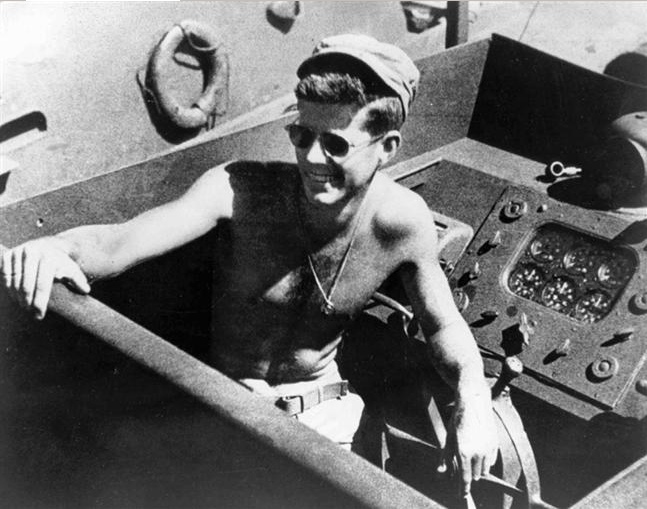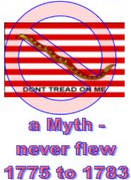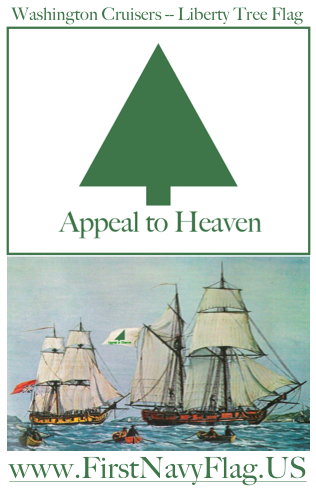Dear Gary,
I have made a few additions, including your black and white diagram of the Connecticut 5th Regiment "Pine Tree" flag from the Flag Bulletin #206.
Put it on the right side of the quote from your other article with David Martucci, yet had to reduce the font size to make everything fit.
Also added to images of paintings of the first Continental Navy ship, Hannah, and another of the Washington Cruisers, the Continental Navy ship Lee.
The Continental Navy ship Lee picture was mailed to me by an aide to the former Secretary of the Navy Gordon England about the time he was named Deputy Secretary of Defense.
The first Navy ship Hannah picture is from the big "coffee table" book "The NAVY" published by the Naval Historical Foundation.
I learned from reading James Fenimore Cooper's History of the Navy that a "Providence packet" ship named "Hannah" eluding the British ship Gaspe' was able to cause the British ship with a deeper draft to run aground on a sand bar the Hannah knew about and was able to sail over due to its more shallow draft. Really clever!
Later the marooned Gaspe' exploded, presumably by other Patriot attacks, so that was an early Navy "victory" for the Americans.
That probably happened pretty close to where you live. Do you know of that Hannah-Gaspe' "battle"?
I am very curious if that "Hannah" might by some stroke of good fortune also be the Hannah of Colonel John Glover, that became America's first ship commissioned in the Continental Navy according to the big "coffee table" book "The NAVY" published by the Naval Historical Foundation.
Both ships were from or commissioned in Marblehead, so I believe the Continental ship Lee was most likely named for Jeremiah Lee of Marblehead who died on 10 May 1775 from injuries sustained on 19 April, the same day as the Battle of Lexington and Concord when the
British also tried to capture Jeremiah Lee, John Hancock and Samuel Adams, who were the organizers of the "Rebels", or chief rabble rousers.
Those "Marvelous Men of Marblehead" were key to the survival of our Continental Army at Brooklyn Heights at the other end of Long Island from you, the "Dunkirk" of the Revolution, and were critical to the successful "Washington Crossing", the Inchon Landing of the
Revolution, if not the comparisons "Brooklyn-Dunkirk" and "Trenton- Inchon" should be reversed giving primacy to the Revolution battles over the later battles.
And I would be willing to bet that mostly Marblehead men made up the 200 men that Commander in Chief General George Washington loaned to former Rhode Island Militia Artillery General Esek Hopkins to man his fleet of Continental Navy ships also commissioned by the Continental Congress when Hopkins was named by Congress as the Navy Commander in Chief, and was called by the sailors "Commodore".
After Congress relieved Hopkins as Commander in Chief, I believe that John Adams tried to have Captain John Manley named as the Navy Commodore. Captain Manley was the skipper of the Continental ship Lee, one of the Washington Cruisers, or "Northern Fleet" of the
Continental Navy, that was very successful in capturing British supply ships like shown in the painting.
One of the most sad side-bar stories of American Navy History in the Revolution is that the British supply ship Lively was captured with 30,000 pairs of shoes and all sorts of other clothing in November 1776, yet due to bickering of the commission to be paid for the
capture the cargo was not released and sent to Washington's Army and on 25 December 1776, four soldiers on the March to Trenton who had no shoes died from exposure.
With the new month infusion of funds, I purchased a Pixel image editing program to enhance the image of the flag on the pictures of the ships to some semblance of the DNA-recreated Washington Cruiser Flag, and so indicate so no one questions that we have KGB type secretive photo manipulation. Up front and honest, tell it like it is, best as the facts of History provide.
The painters at that time did not have the benefit of your Colonial era flag, nor access to the letter of Washington's aide, Colonel Joseph Reed kept at the Library of Congress, nor the letter of the British Admiral Sir Hugh Palliser, kept at the British National Maritime Museum in Greenwich, England.
Those enhanced ship images are set beside the large image of the bits of historical facts or "DNA" recreated Washington Cruiser Flag on page 3 and the Paine poem page 5.
Anyway, thanks ever so much for all your wise counsel and assistance in putting this article together.
For America's future (building up on our past),
James Renwick Manship
Interpreter of George Washington (in Three Dimensions)
Box 75, Mount Vernon, Virginia 22121
Washington@Statesmanship.US
202-657-6760
Quote from 1770, retired Virginia Militia Colonel
George Washington said:
"As our country grows, and its population increases, as it will,
care must be taken to have each succeeding generation know
the trials and tribulations of those who preceded them.
History is an essential study to better government."
And America's Educator, Noah Webster, wrote in a.d. 1828:
"Literary power and statesmanship were combined in George
Washington, ..."










No comments:
Post a Comment